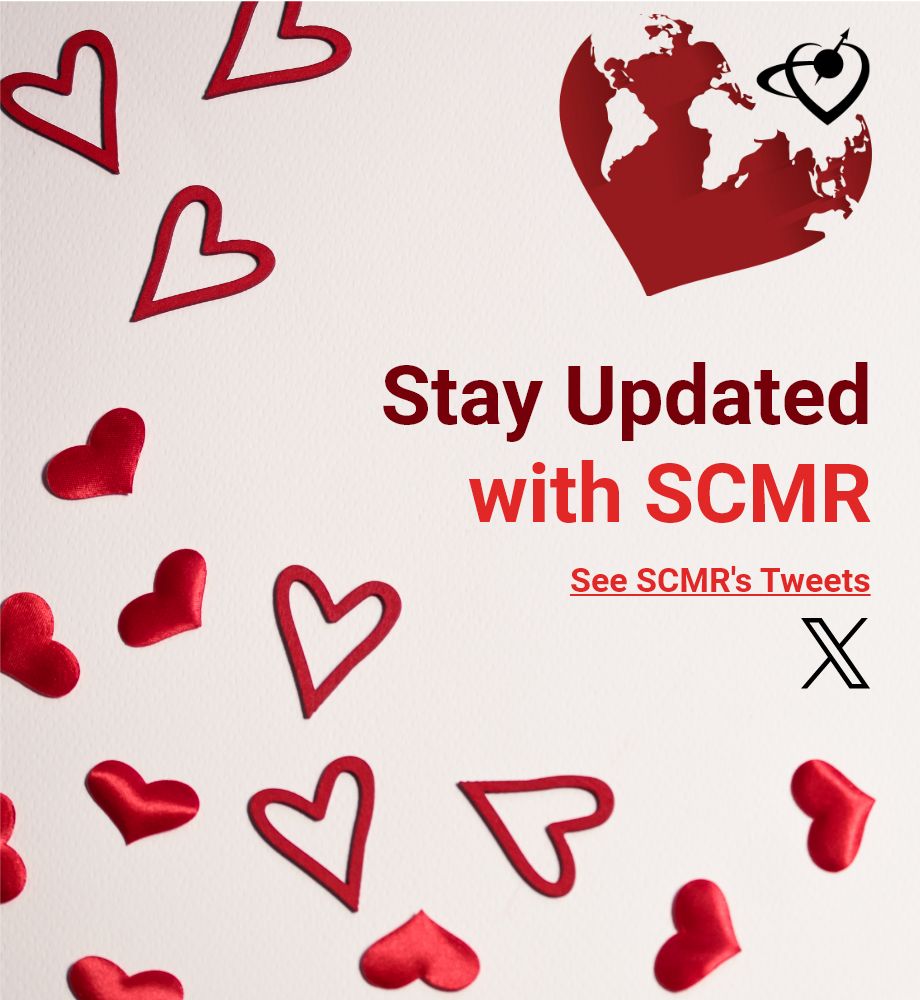Last week, the U.S. Centers for Medicare and Medicaid Services (CMS) issued the Final 2017 Rule on the Hospital Outpatient Prospective Payment System (OPPS). This rule governs federal reimbursement for services provided in the hospital outpatient setting. This year, the rule included a comprehensive restructuring of the Ambulatory Payment Classification (APC) groups for imaging services. CMS assigns each individual medical service (i.e., each individual HCPCS code) to an APC group, and all services included within a particular APC group are reimbursed at the same rate. By law, all services included within a single APC group are required to be similar clinically and in resource usage.
In the final OPPS rule, CMS reduced the total number of imaging APC groups from 17 down to 7. All imaging codes, ranging from the simplest X-ray scans to the most complex stress imaging procedures, were grouped into just 7 APCs. In this consolidation, CMS appears to have arbitrarily co-mingled imaging codes that have little in common clinically or in resource use. Unfortunately, as a result of this consolidation and other factors, the technical component reimbursement was cut for the cardiovascular magnetic resonance (CMR) imaging codes, in particular the two stress codes, 75559 and 75563. In terms of clinical procedure, staffing, and resource use, the CMR stress codes have most in common with stress nuclear imaging, and in previous years these codes were included in the nuclear APC groups. This year CMS decided to move both stress CMR codes out of the nuclear imaging APCs and into the general radiology APC groups.
| CPT Code | Description | 2016 APC | 2016 Technical Fee | 2017 APC | 2017 Technical Fee |
| 75557 | CMR morphology and function without contrast | 5581 | $273.54 | 5523 | $225.81 |
| 75559 | CMR morphology and function without contrast, with stress | 5592 | $441.36 | 5523 | $225.81 |
| 75561 | CMR morphology and function with contrast | 5582 | $454.32 | 5572 | $426.34 |
| 75563 | CMR morphology and function with contrast, with stress | 5593 | $1,108.46 | 5573 | $656.63 |
The SCMR U.S. Working Group leadership worked hard to do everything possible to prevent these cuts. We assembled a team of clinicians and government relations consultants, along with an expert firm in health care economics and modeling policy. We reached out to other imaging stakeholders to gain support for reversing these cuts. These stakeholders accepted and supported SCMR’s arguments in their comment letters to CMS. We presented the best case possible for the appropriate placement of CMR services within the APC structure, both in SCMR’s written comments but also in a conference call meeting with top CMS officials. The SCMR course of action was similar to what we did to successfully avert proposed reimbursement cuts last year. Unfortunately, under the comprehensive restructuring of imaging APCs that took place this year, and based on the cost data available for these CMR procedures, CMS felt justified in this shift of the stress CMR codes into the general radiology APCs.
This result points to a general lack of reliable data on the true costs of performing a CMR exam. For APC restructuring CMS relied on a limited set of cost data based on a small subset of claims. This highlights the urgent need for all facilities to accurately capture the cost of each and every component of providing a CMR service. Charge masters should be updated to appropriately reflect these costs. Without adequate data to reflect the cost of providing CMR services, CMS will continue to cut reimbursement. SCMR is developing a toolkit to serve as a resource guide for our members to engage with their hospital administration. In order to reverse this unwarranted negative reimbursement trend, it is imperative that each U.S. SCMR member become involved at their institution to ensure that costs are being accurately captured and that charges are appropriate for CMR services. In order to positively impact future decisions on CMR reimbursement rates, we must start now to ensure appropriate data are submitted to CMS to reflect the true costs of performing these services.
Please watch for additional important information from SCMR related to this topic.







